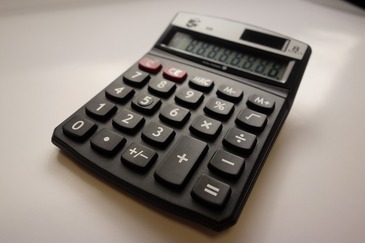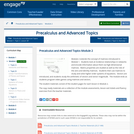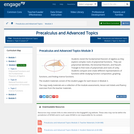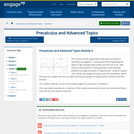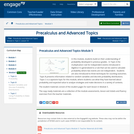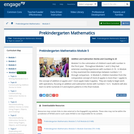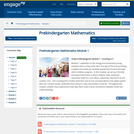
(Nota: Esta es una traducción de un recurso educativo abierto creado por el Departamento de Educación del Estado de Nueva York (NYSED) como parte del proyecto "EngageNY" en 2013. Aunque el recurso real fue traducido por personas, la siguiente descripción se tradujo del inglés original usando Google Translate para ayudar a los usuarios potenciales a decidir si se adapta a sus necesidades y puede contener errores gramaticales o lingüísticos. La descripción original en inglés también se proporciona a continuación.)
Hasta este punto en el Grado K, los estudiantes han trabajado intensamente dentro de 10 y a menudo han contado a 30 utilizando el Rekenrek durante la práctica de fluidez. Este trabajo prepara el escenario para este módulo donde los estudiantes aclaran el significado de los 10 y algunos dentro de un número adolescente y extienden esa comprensión para contar hasta 100.
Encuentre el resto de los recursos matemáticos de Engageny en https://archive.org/details/engageny-mathematics.
English Description:
Up to this point in Grade K, students have worked intensively within 10 and have often counted to 30 using the Rekenrek during fluency practice. This work sets the stage for this module where students clarify the meaning of the 10 ones and some ones within a teen number and extend that understanding to count to 100.
Find the rest of the EngageNY Mathematics resources at https://archive.org/details/engageny-mathematics.
- Subject:
- Mathematics
- Numbers and Operations
- Material Type:
- Module
- Provider:
- New York State Education Department
- Provider Set:
- EngageNY
- Date Added:
- 02/05/2013
